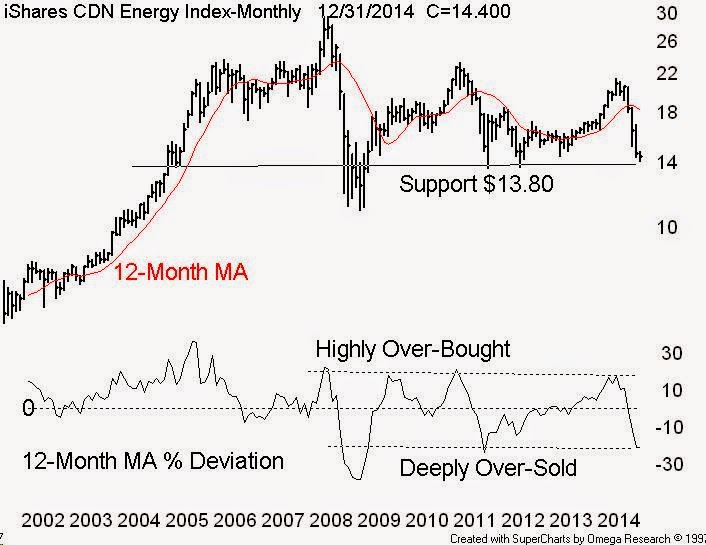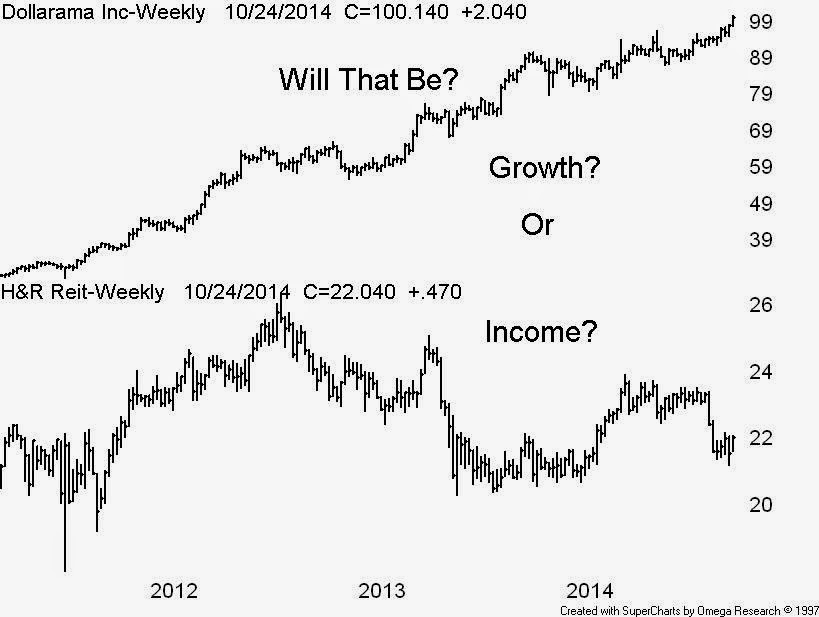Last
week I attended the Canadian Society of Technical Analysts annual meeting in
Toronto (CSTA) who had Mr. Ray Hanson, who has not spoken publicly to the
Society in over 10 years, as a keynote speaker – topic – “The Secret Life of
Spreadsheets.” I attended to see if Hanson would make a long-tern prediction on
the capital markets.
Hanson
was the guy who – in about 1987 - took over the original RBC Capital Markets
(RBC) respected Trend & Cycle Department that was created by the team of cycle
legend Ian S. Notley and Donald R. Stark – who were famous for their long-term
predictions.
I
still have a number of their (Notley & Stark) brilliant 1980 through 1984
Trend & Cycle publications which I still review to-day. Their great top
down calls ranging from calling the bond market “the buy of a generation” to
predicting the re-structuring of the huge American multinationals and the early
transition from the “old” economy to the “new” economy are the stuff from which
legends are created.
.
I
think it is the goal of most technical analysts to go out on a limb and – like Notley
– make one correct long term forecast that may impact generations of investors
and money managers – so I reviewed my presentation at the CSTA Annual Meeting
in Toronto June 24, 2009 “Secular Trends in Stocks and Stock Sectors” just to
see if I was on track to making a relevant long term forecast.
There
I defined a Secular Trend to be A long term trend (12 to 20 years) that
contains a series of bull and bear cycles – hence the term “Secular Trend” - a
secular up trend will contain at least 5 bull and bear cycles – and - a secular
down trend will contain at least 3 bull and bear cycles. I went on to detail
the current 2000- 2009 secular down to be a Global Event with low Sector
Correlation and two sector Granddaddy Bears (technology 2000 – 2002 and financial
2007- 2008) with a Probable Rotational Conclusion
One
of several original charts was displayed – see the clip of Amazon and Taiwan
Semi dated month end June 30. 2009 clearly setting out a final and third final
cycle in their secular bears – I was predicting a break from here out and up to
new highs. Other names displayed were Cisco, Texas Inst and the biotechnology index.
The
next chart is clip of Amazon and Taiwan Semi dated to-day and as we can see both
have broken up and out of their secular bears – I have left the original support
/ resistance lines in place. Other names – among many - breaking out of their
secular bears are INTEL Honeywell and Microsoft.
Almost
forgot – a clip from the Hanson presentation, “Gross National Product is the
official index to assess prosperity – but GNP measures only activity. It
measures neither prosperity nor well-being.” – Well, you had to be there.





























